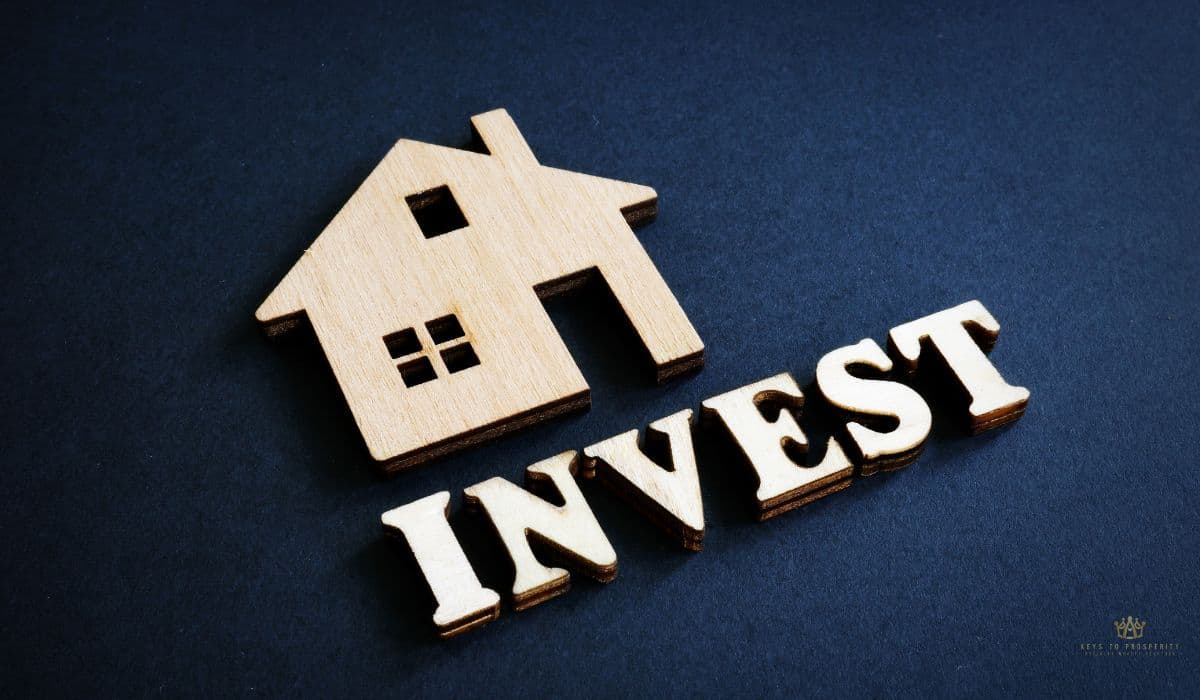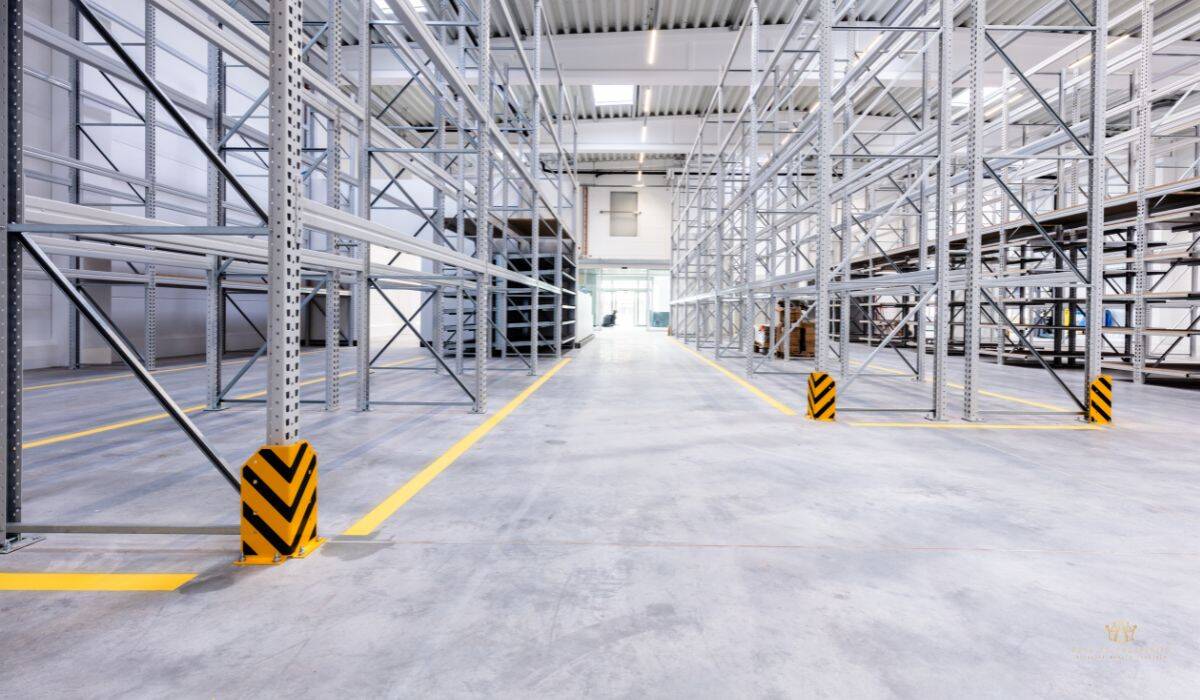
Did you know that real estate assets can generate massive capital without traditional financing headaches? A prime example: One remarkable deal in 2023 saw 415 convenience stores change hands in a sale leaseback transaction worth $1.5 billion!
This wasn’t just about one sector either. These deals span everything from retail chains to distribution centers, proving that smart business owners across America are tapping into this powerful financing tool.
From our experience, sale leaseback strategy can be a game-changer for business owners looking to free up capital while still running their operations from the same location.
This guide dives into the mechanics, benefits, and steps needed to master this smart investment approach. Here, you’ll learn how it works, why it might be a fit for your business, and how it can open doors for growth without taking on additional debt.
If you’ve already read our breakdown on how to time your commercial property sale in any market cycle or explored our commercial real estate exit strategies pillar page, you’re in the right place.
This article builds on those insights to give you a comprehensive roadmap for making informed, strategic decisions.
Let’s get started!
Short Summary
- Sale leaseback transactions allow business owners to sell their real estate assets for immediate capital while continuing operations through long term lease agreements
- Companies unlock hidden equity from non earning assets, improve capital ratios, and achieve debt reduction without incurring additional debt
- Property owners maintain operational control while transferring property ownership, property taxes, and maintenance responsibilities to buyers
- Due diligence, proper lease structure design, and professional guidance ensure successful leaseback agreements that align with strategic objectives
- Risks include long duration lease payment commitments and loss of future real estate appreciation, making careful evaluation essential
What Is A Sale Leaseback Transaction And How Does It Work?
Think of it as selling your house but staying as a tenant. Except we’re talking commercial real estate here. A sale leaseback transaction lets business owners unlock capital from their real estate assets while keeping their doors open exactly where they are.
Definition And Mechanics
Here’s how it happens. Your operating company sells its property to a real estate investor or financial institution, then immediately signs a long term lease to stay put.
For instance, a restaurant chain sells their prime location for millions while continuing operations under lease agreements that span decades.
The operating business gets immediate cash flows from the sale. Meanwhile, the new property owner receives steady lease payments and real estate value appreciation over time. It’s a win-win that transforms a non earning asset into liquid capital.
Key Parties Involved
Three main players make these leaseback transactions work:
- The seller (your business) needs capital but wants to maintain operational control.
- The buyer – often credit unions, institutional investors, or real estate funds – wants stable, long duration income from triple net leases.
Financial institutions frequently facilitate these deals, especially if there’s a loan-to-value calculation or debt service coverage ratio check.
To illustrate: Take a manufacturing company working with a regional bank to structure their leaseback agreement. The bank connected them with qualified buyers and handled the complex paperwork.

Transaction Flow
Due diligence kicks off the process. Buyers evaluate your property’s market value, lease terms, and your company’s creditworthiness. This typically takes 60-90 days for complex commercial real estate deals.
Next comes negotiating the lease structure. Lease duration, renewal options, and property taxes responsibility get hammered out. Finally, closing happens. You get your check and sign your new lease agreement as a tenant.
Property Types
Distribution centers top the list for sale leasebacks. Companies love these deals because logistics facilities require huge upfront investment but generate predictable lease payments for buyers.
Retail locations work beautifully too. Chain restaurants, grocery stores, and specialty retailers frequently use this strategy to fund expansion while staying in their proven locations.
Strategic Benefits Of Sale Leaseback Strategy For Business Owners
Smart business owners discover multiple advantages when they structure these deals correctly. Let’s explore how sale leasebacks offer significant benefits that go way beyond just getting cash.
Immediate Capital Generation
Unlocking capital from your owned real estate beats waiting for market conditions to improve. For example, a manufacturing company sitting on a $5 million facility can access that hidden equity immediately through a sale leaseback.
Your balance sheet transforms overnight. What was once a non earning asset becomes liquid capital you can deploy for growth, inventory, or new equipment. The capital generated often exceeds what traditional loans would provide.
Financial Flexibility
Here’s where things get interesting for your CFO. Sale leasebacks achieve debt reduction without incurring additional debt on your books. Your capital ratios improve because you’re replacing real estate ownership with lease payments.
Consider a retail chain needing to improve capital ratios for lending requirements. Rather than taking on additional debt, they sold their store locations and immediately strengthened their financial position. Banks love seeing this kind of strategic thinking.
Key Financial Improvements:
- Enhanced cash flows for daily operations
- Better capital ratios for future financing
- Reduced property taxes and maintenance costs
- Improved shareholder value through strategic capital deployment
Operational Advantages
You keep running your business exactly as before. Operational control stays in your hands while property ownership transfers to the buyer. Property taxes, insurance, and major repairs? Not your problem anymore under most triple net arrangements.
Picture a distribution center operator who spent weekends dealing with roof repairs and HVAC issues. After their leaseback transaction, they focus purely on logistics while their landlord handles property headaches.
Strategic Focus
Companies perform best when leadership concentrates on their core competency. Managing real estate rarely falls into that category for most operating companies.
For example, if you’re a tech startup, you can sell your office building to fund product development. So, instead of playing landlord, you can channel your energy into innovation. That’s financial flexibility creating long term success.

Implementation Process and Key Considerations for Leaseback Agreements
Careful planning and the right team: that’s what it takes to get your leaseback agreement right. Here’s how successful transactions unfold from start to finish.
Due Diligence Requirements
Typically, real estate value assessment kicks off every serious transaction. Professional appraisers determine your property’s market value and appraised value to establish fair pricing. Take note, market conditions heavily influence these numbers.
Transaction viability depends on several factors:
- Your business’s creditworthiness
- Lease payment capacity
- The property’s location.
For instance, a restaurant chain might discover their suburban locations work better for sale leasebacks than urban spots due to real estate pricing dynamics.
Critical Evaluation Areas:
- Property condition and market value analysis
- Business financial strength and credit history
- Local market conditions and comparable lease rates
- Long term viability of your operating company
Lease Structure Design
Lease terms make or break these deals. Lease duration typically runs 15-25 years with renewal options built in. Triple net leases shift property taxes, insurance, and maintenance costs to you as the tenant.
Smart lease structure includes escalation clauses tied to inflation. Picture a manufacturing company negotiating 2% annual increases rather than market-rate adjustments every five years. This approach provides predictable lease payments for budgeting.
Professional Team
Credit unions and financial institutions often provide the best leaseback expertise. They understand both sides of these transactions and can structure deals that work for everyone involved.
Let legal advisors specializing in commercial real estate handle the complex documentation. Transaction specialists coordinate between parties involved to keep deals moving smoothly. Don’t try going solo on million-dollar real estate deals!
Documentation and Compliance
One thing you should remember: Leaseback agreement terms need bulletproof documentation. Lease responsibility allocation, renewal options, and exit clauses require precise language to avoid future disputes.
Securities and Exchange Commission rules apply when publicly traded companies execute these transactions. Due diligence includes ensuring proper disclosure and regulatory compliance.
Transaction attorneys may handle these requirements, but business owners should understand the basic obligations before signing anything.
Making Informed Decisions: Risks, Alternatives, and Long-Term Success
Smart business owners weigh all options before committing to leaseback transactions. Let’s examine the complete picture so you can make informed decisions about your real estate assets.=

Risk Assessment
Regardless of your business performance, lease payment obligations continue for decades. Long duration commitments mean you’re locked into payments even during economic downturns.
Every deal has some risks you need to weigh carefully:
- Lease payments can strain your cash flow if not managed properly.
- You might also miss out on property appreciation if the market picks up.
- Long-term lease commitments may limit your ability to pivot down the road.
- Property appreciation becomes someone else’s gain.
- Real estate value increases over your extended period lease benefit the new property owner, not you.
- Market conditions might deliver substantial gains you’ll miss out on.
Key Risk Areas:
- Long term lease payment commitments regardless of business cycles
- Loss of real estate appreciation and market value gains
- Limited flexibility during lease duration for relocation or downsizing
- Triple net lease responsibilities for taxes, insurance, and maintenance
Alternative Comparison
Traditional financing offers capital while preserving property ownership. Meanwhile, financial institutions provide loans secured by your real estate without requiring you to become a tenant.
Additional debt on your balance sheet might work better depending on your capital ratios.
Credit unions often provide competitive rates for commercial real estate loans. For example, a distribution center operator might secure a $3 million loan at 6% rather than selling and leasing back at higher effective costs over time.
Success Factors
The key is making sure the deal fits your plans.
- Check that the transaction aligns with your strategic objectives and brings clear benefits.
- Look for ways to integrate the capital you unlock back into growth initiatives.
Companies succeeding with sale leasebacks typically need immediate capital for growth opportunities that exceed real estate returns.
They get significant benefits when the capital generated funds expansion, which in turn increases shareholder value. Picture a manufacturing business using sale proceeds to double production capacity. The operational improvements justify losing future property appreciation.

Performance Monitoring
After the dust settles, you’ll want to keep your eye on the numbers.
- Watch how the capital deployment improves your financial flexibility over time.
- Long term success depends on using sale proceeds more profitably than holding real estate.
If you want to have renewal options, be aware that it needs attention years before expiration. Smart companies evaluate market conditions and negotiate extensions early.
Monitor your lease terms and financial goals to ensure the transaction continues delivering value throughout its long duration.
Final Thoughts
Sale leaseback strategy works best when you need capital now and can use it more profitably than holding real estate. Smart business owners crunch the numbers carefully before committing to long term lease obligations.
These transactions aren’t right for everyone, but they’ve helped countless companies unlock hidden equity and focus on their core competency. Ready to explore whether this strategic opportunity fits your situation?
Consult with experienced professionals who understand leaseback transactions inside and out.For more insights on commercial real estate strategies and financial flexibility options, check out our homepage where we share practical advice for property owners and real estate investors looking to maximize their assets.
Frequently Asked Questions
How Long Do Typical Sale Leaseback Lease Agreements Last?
Most commercial real estate sale leaseback deals feature lease duration of 15-25 years with renewal options. Long term lease commitments provide stability for both parties involved but require careful consideration of your business’s future needs.
What Types Of Properties Work Best For Leaseback Transactions?
Distribution centers, retail locations, manufacturing facilities, and office buildings perform well in leaseback transactions. Properties with stable operating companies and strong market value attract the most interest from real estate investors and financial institutions.
Can Businesses Buy Back Their Property At The End Of The Lease?
Many leaseback agreements include purchase options at predetermined prices or market value. These renewal options provide flexibility for companies wanting to regain property ownership after their lease terms expire.
How Do Sale Leasebacks Affect A Company’s Taxes?
Lease payments become tax-deductible operating expenses instead of property taxes and depreciation. Companies should consult tax professionals to understand how sale leaseback strategy impacts their specific situation and overall financial goals.






